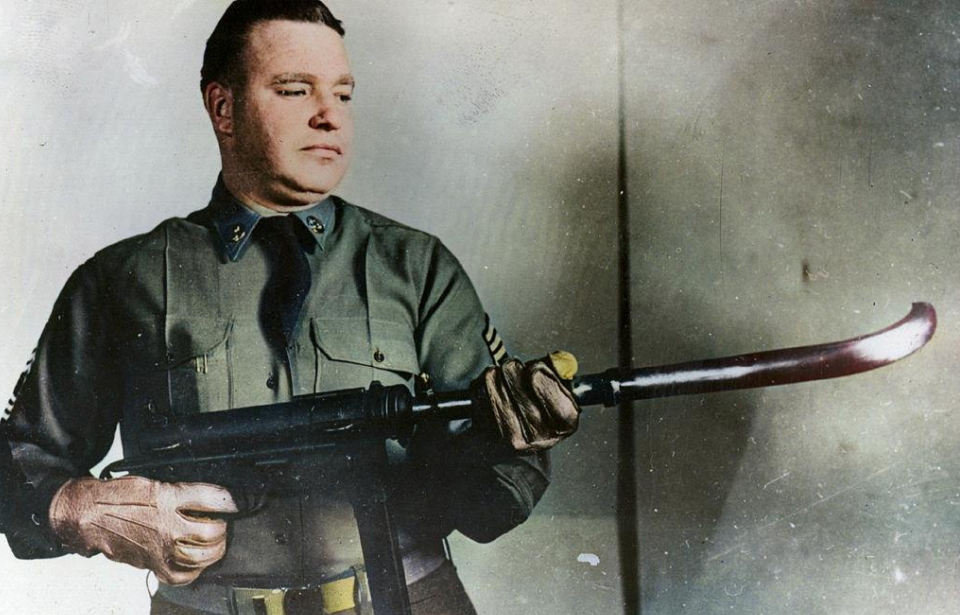The idea of shooting around corners—popularized by the curving-bullet moment in Wanted (2008)—actually goes back to World War II. During the war, German designers put significant effort into the Krummlauf, an unusual rifle attachment created to let soldiers engage targets that were not directly in their line of fire.
The German Army’s hopes for the Krummlauf
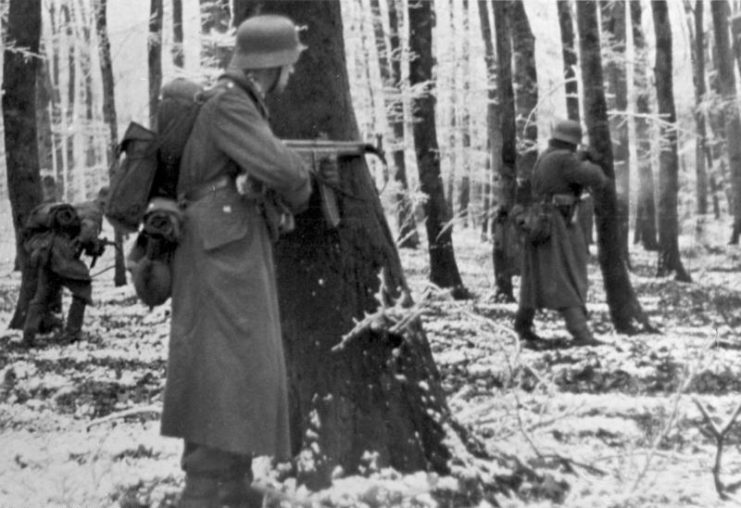
The Krummlauf was developed in 1943 as the German Army sought to create an attachment capable of curving bullets fired from the straight barrels of standard assault rifles and machine guns. Initial experiments involved attaching a 20 mm curved barrel to an eight mm rifle before finalizing the design.
The attachment was intended for use with the MP 44 (StG 44), enabling soldiers to fire at targets while avoiding exposure to return fire. The plan was to equip every MP 44 operator with a Krummlauf, with the ultimate goal of shifting the momentum of the Second World War in Germany’s favor.
Use by German infantrymen
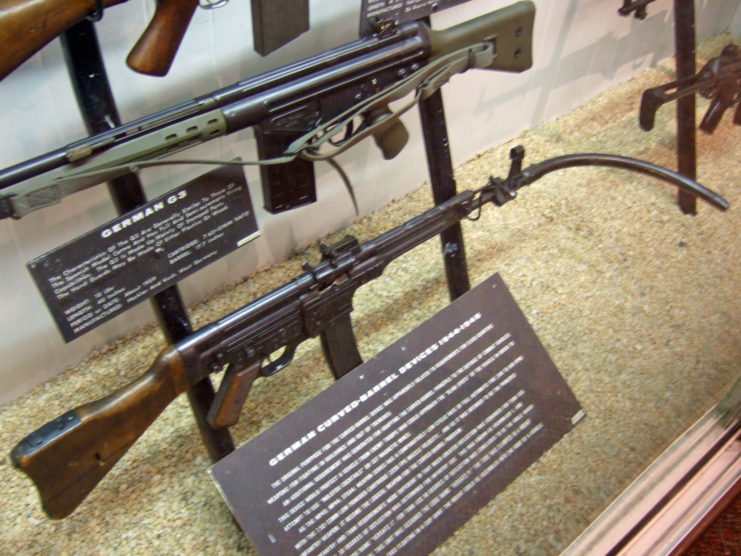
The infantry version of the Krummlauf, known as the “I” variant, measured 14 inches in length and included a 30-degree bend in its barrel. Its design consisted of a four-inch straight barrel segment, a five-and-a-half-inch curved section, and a final four-and-a-half-inch straight portion. In addition to being compatible with the StG 44, it could also be fitted to the MG 42.
A mirror was used to let operators see where they were aiming
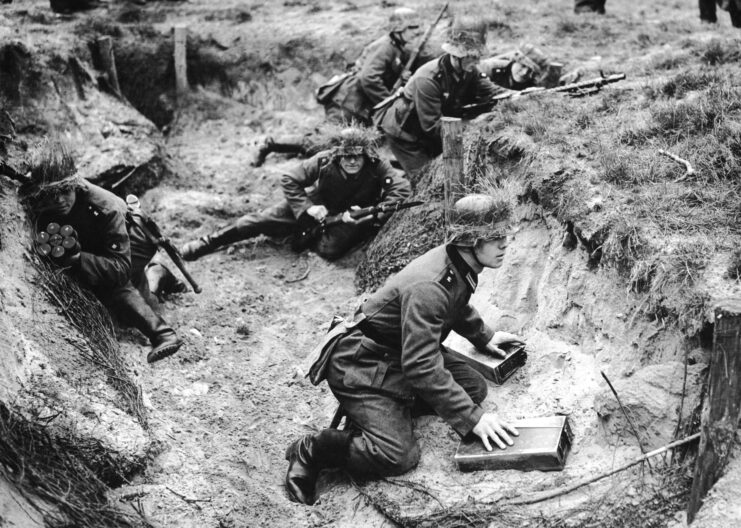
The version designed for infantry featured a mirror that enabled the operator to clearly see their target without exposing their position. According to The Armory Life, “Using the curved barrel, a German gunner would be at least 20 cm below the edge of his foxhole or whatever cover he was using.”
The design also allowed for a cheek weld stance, thanks to a front sight mounted at the end of the Krummlauf, along with a rear sight positioned behind the mirror.
Equipped by the Elefant tank destroyer
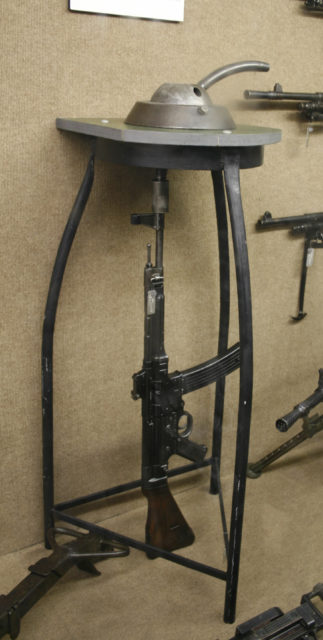
The tank-adapted Krummlauf came in four barrel angles: 30, 45, 60, and a radical 90-degree version known as the “Versatz P.” The 90-degree model was mounted vertically to make the most of the confined space inside armored vehicles. Designers intended it to sit on a hemispherical steel base with a cup joint, ensuring the curved barrel aligned precisely with an opening in the tank’s armor.
This version was primarily developed for the Elefant tank destroyer. Approximately 500 units were produced, accompanied by 1,500 specially designed aiming devices to ensure accurate targeting.
Problems with the Krummlauf
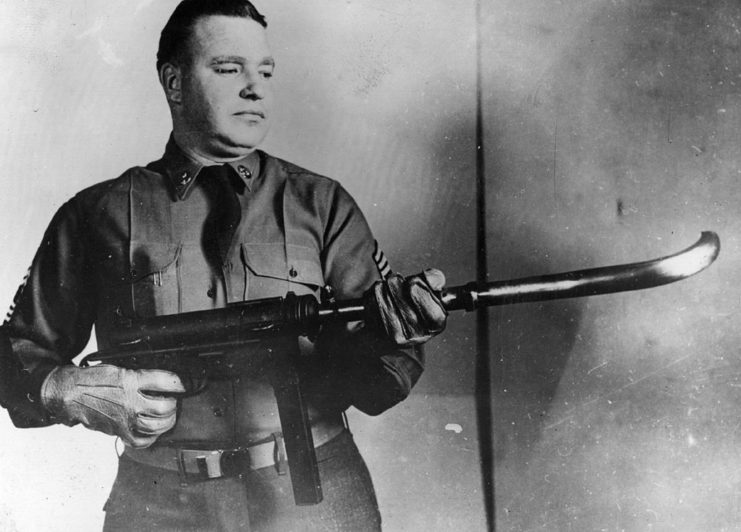
When the US military got ahold of the Krummlauf following World War II, officials tested at the Aberdeen Proving Ground in Maryland. Those charged with conducting the tests quickly discovered the attachment was essentially a failure, as it had a very short lifespan. It was originally expected the Krummlauf would survive 6,000 rounds being fired. In reality, the 30-degree version managed a lifespan of just 300, while the 45-degree variant survived only 160.
More from us: The Mosin-Nagant Has Seen Over a Century of Service
When a round was fired, the bullet experienced so much friction as it traveled through the barrel that it would heat to extremely high temperatures. By the time it left the muzzle, it would shatter, creating an effect similar to that of a shotgun. This made the Krummlauf only effective in close-range use.
